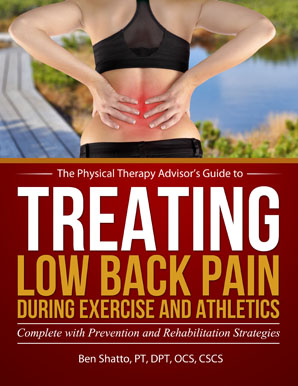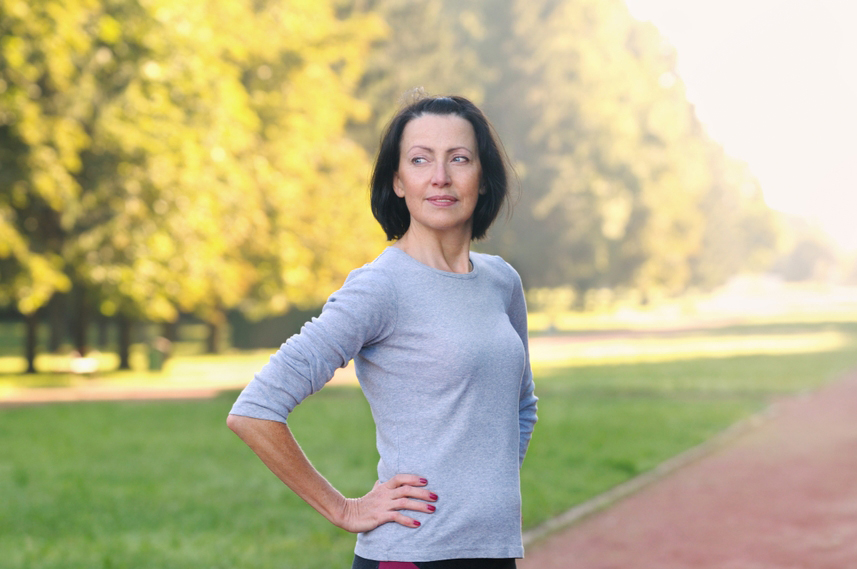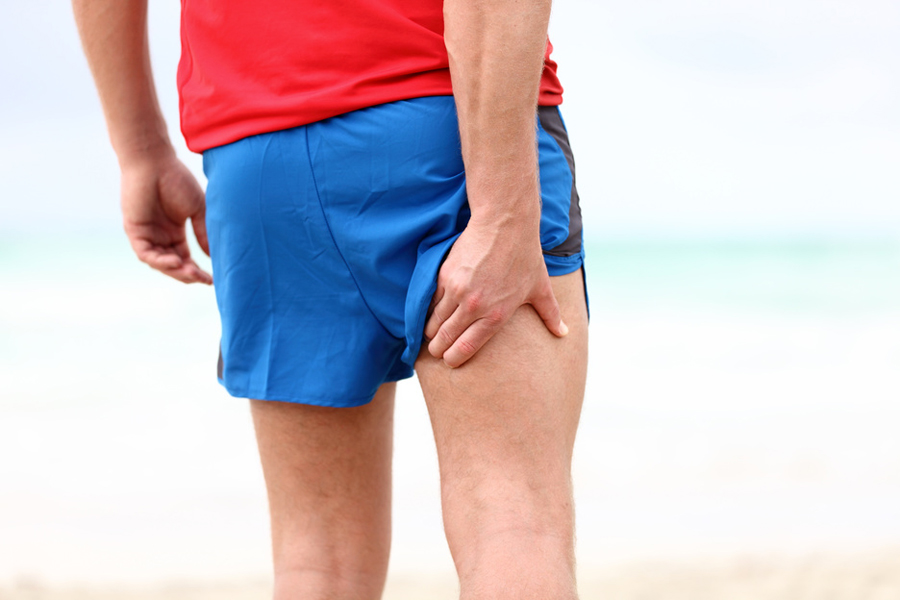Proper core and lumbar extensor strength is the key to preventing an episode of low back pain (LBP) as well as an important component to treating LBP. Low back pain is estimated to affect nearly 80% of the U.S. population at one time or another. In general, most of us don’t spend enough time properly strengthening our core muscles. In this video post, you will learn how to engage your abdominal muscles with a simple ball exercise that I recommend to all of my patients initially in my LBP rehabilitation program.
The core muscles are part of the body’s natural method of stabilizing the spine. The core muscles, along with intra-abdominal pressure, help to form the round cylinder that is utilized to support the spine. Ligaments and boney articulations are also important in spinal stabilization. Most people don’t realize that the core actually consists of two separate groups of muscles, the inner and outer core muscles, and neither group involve the rectus femoris muscles (the six pack).

The Multifidus Muscles
- The inner core consists of the muscles of the pelvic floor, the transversus abdominis (TVA), diaphragm, and the multifidus muscles (which span the vertebrae along the back side of the spine as shown above). The TVA wraps all the way around the stomach and attaches to the spine. This is what helps to form the cylinder. When contracted (in conjunction with the pelvic floor and diaphragm), it helps to increase the intra-abdominal pressure to support the spine.
- The other muscles that help to support the spine are known as the outer core muscles. These muscles are responsible for movement of the trunk and spine as well as aiding in stability. The inner core muscles do not actually produce any trunk or spine movement. The outer core muscles consists of the following muscles: lumbar paraspinal muscles; the quadratus lumborm; the internal and external obliques; and the psoas major and minor (hip flexors). Some may also include the glutes (buttocks muscles), hamstrings, and quadriceps as part of the outer core muscles.
Those working on core strength may not be performing the correct exercises. Performing proper core exercises (and particularly, lumbar stabilization exercises) are the primary treatment modality for LBP.
In this video, I demonstrate an easy and effective way to actively engage the inner core abdominal muscles. This exercise is typically safe even early on during the rehabilitation process for low back pain.
For more information on how to effectively exercise and work the core muscles in order to prevent or treat LBP, be sure to check out my book, Treating Low Back Pain during Exercise and Athletics. You will learn how to address specific causes of LBP as well as the best practices on how to prevent and self-treat when you experience an episode of LBP. In this step-by-step LBP rehabilitation guide (complete with photos and detailed exercise descriptions), you will discover how to implement prevention and rehabilitation strategies to eliminate pain and get back to training and exercise sooner.

AVAILABLE NOW ON AMAZON!
In addition, check out this sample video, Segment 2: What are the Core Muscles?, taken from my Treating Low Back Pain (LBP) during Exercise and Athletics Video Package which you can purchase HERE.
If you have a question that you would like featured in an upcoming blog post, please comment below or submit your question to contact@thePhysicalTherapyAdvisor.com. In case you haven’t already, be sure to subscribe to my e-mail list and YouTube channel as well as join our community on Facebook by liking The Physical Therapy Advisor!










